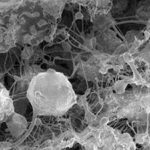
Electrospinning is a fabrication technique used to create fibrous meshes similar to natural tissue that can be produced at a nano- to microscales. Historically, electrospinning involved the use of hazardous solvents that damage the environment and make broad use of the process unfeasible…
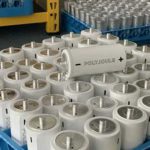
PolyJoule, a spin-off of the Massachusetts Institute of Technology (MIT), recently unveiled a new battery technology based on its own proprietary conductive polymers and other organic, non-metallic materials…
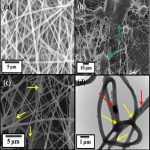
To prevent the development and spread of spoilage/pathogenic microorganisms via meat foodstuffs, antimicrobial nanocomposite packaging can serve as a potential alternative. The objective of this study was to develop a new class of antimicrobial hybrid packaging mat composed…
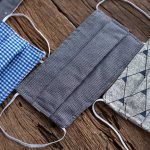
The cloth masks many are sporting these days offer some protection against COVID-19. However, they typically provide much less than the professional N95 masks used by healthcare workers.
That may soon change. Recently, students from BYU’s College of Engineering…

The Department of Mechanical Engineering of The Hong Kong Polytechnic University (PolyU) has recently developed an electrostatically charged nanofiber filter with multiple separator layers, which can capture pollutant particles that are below 100 nm in diameter (covering the most common airborne nano-particles and viruses)…

Scientists in Japan have developed new processes for CIGS solar cell manufacturing, entirely eliminating the use of cadmium and replacing a waste-intensive wet chemical stage. With a thin film deposited on a flexible steel substrate, the group achieved 16.7% efficiency, which it says is a record for a cell of this type produced using scalable fabrication processes…
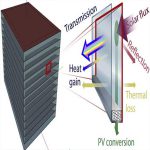
The US National Renewable Energy Laboratory (NREL) has shown that perovskite-based thin-film PV, transparent PV, and dynamic PV glazing technologies can reduce the energy use of glazed buildings by around 40% across eight regions in the United States…
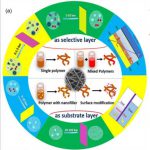
Water purification and water desalination via membrane technology are generally deemed as reliable supplementaries for abundant potable water. Electrospun nanofiber-based membranes (ENMs), benefitting from characteristics such as a higher specific surface area, higher porosity, lower thickness, and possession of attracted broad attention, has allowed it to evolve into a promising candidate rapidly…
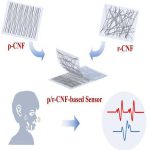
Wearable, flexible strain sensors unobtrusively monitor tiny vibrations of human skin in real time and with great accuracy, thanks to innovative fabrication techniques using composite materials. High sensitivity and a wide working range are key parameters for a high-quality strain sensor, but it’s difficult to attain both characteristics on the same sensor due to limitations in structure and conductivity…
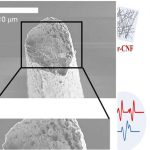
Plant-derived materials such as cellulose often exhibit thermally insulating properties. A new material made from nanoscale cellulose fibers shows the reverse, high thermal conductivity. This makes it useful in areas previously dominated by synthetic polymer materials…
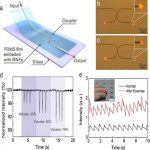
A new publication from Opto-Electronic Advances discusses a highly sensitive and fast response optical strain sensor. Strain sensors play an important role in many applications such as flexible electronics, health monitoring, and soft robotics due to their superb response to mechanical deformations. At present, the reported strain sensors mainly focus on high stretchability…

* Click here to subscribe to the Company Newsletter. The IDASONIC Nanocoating System and Technologies was founded in 2016 by academicians with expertise in nano-size coating of functional materials.